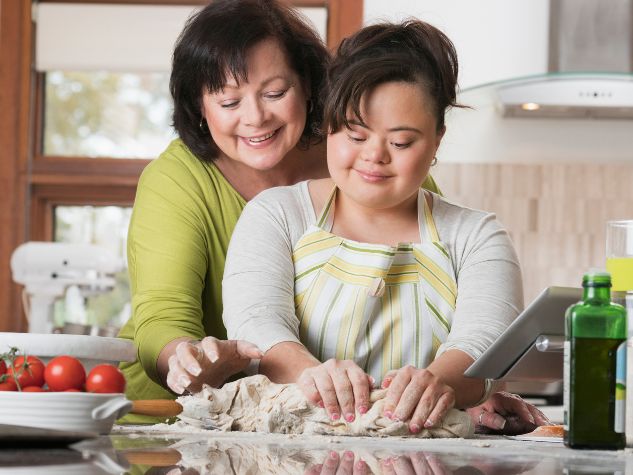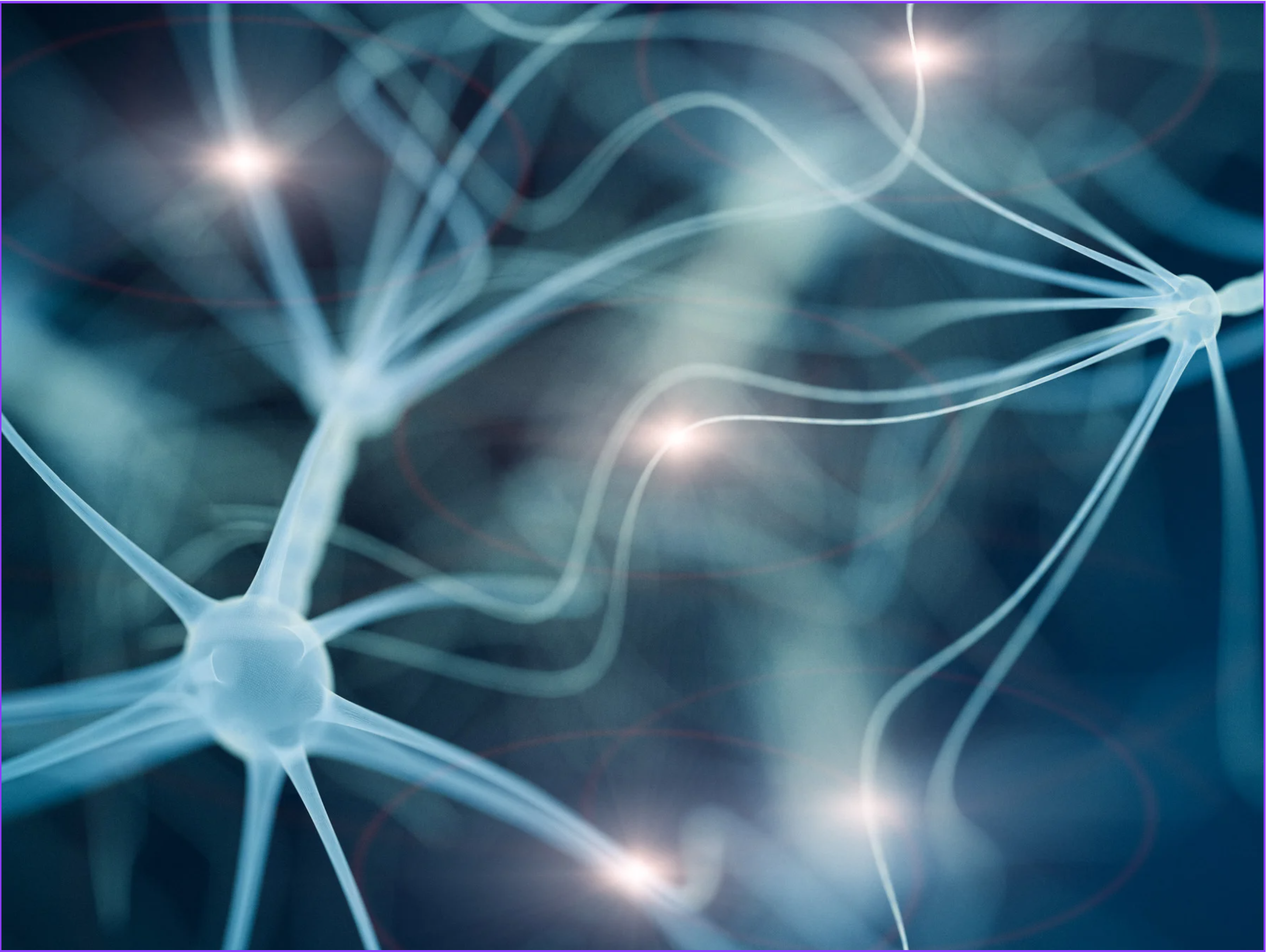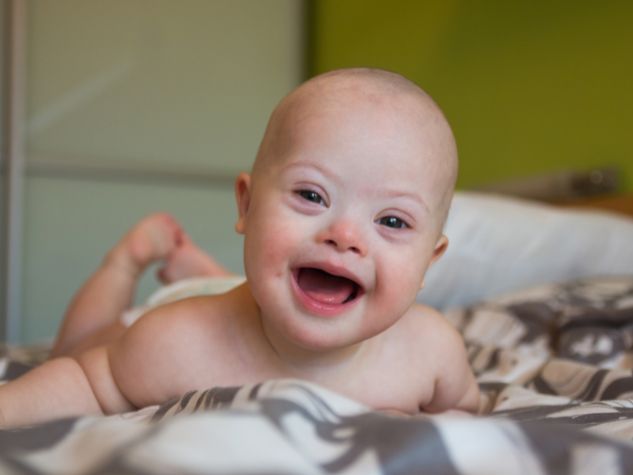Sometimes, our children display behaviors that are not conducive to their optimal development, commonly referred to as “problem behaviors.” This term often carries a negative connotation, as it is associated with something bad or undesirable. However, from the perspective of positive behavioral support, these behaviors—when their frequency, severity, or intensity interfere with personal, social, or educational development—are understood differently. They are not the individual’s fault, but something that needs to be worked on. The behavior itself does not make the person “bad”; rather, it signals that there is a problem that needs to be addressed.
Another related term is “challenging behaviors.” This should also not be viewed negatively; the behavior is not inherently challenging but presents a challenge for professionals to address and work on.
It is also crucial to understand the concept of behavioral support. It is often believed that this type of support is only needed when someone misbehaves or bothers others, but this is not accurate. Behavioral support aims to help the person manage their behaviors more effectively, not to punish them for those behaviors.
Positive Behavioral Support
Positive behavioral support is a respectful approach to addressing problem behaviors and improving the person’s quality of life. It is a systemic and comprehensive approach that recognizes the close relationship between behavior and the environment: demands, barriers, and sometimes insufficient supports in the environment can influence behavior.
This approach is personalized, preventive, and proactive, and it requires close collaboration between the family and the educational team. Positive behavioral support can be applied at three levels:
- Universal: Creating a clear and safe environment with well-defined rules and promoting the teaching of skills.
- Targeted group support: Addressing situations in small groups that could worsen without intervention.
- Intensive individual support: For individuals who need more intensive support due to their problem behaviors.
It is essential to understand the person from a biopsychosocial perspective, taking into account their environment to conduct a functional analysis. This helps us understand when, with whom, where, and why the behaviors occur. Although some factors may not directly cause the behavior, they may be present in the person’s life and influence it.
It is also important to identify the purpose of the behavior: Is the person seeking attention, internal stimulation, avoiding aversive stimuli, trying to obtain something tangible, or avoiding difficult tasks? According to the psychologist Javier Tamarit, 90% of problem behaviors are related to a lack of skills or difficulty using those skills effectively.
Developing a Behavioral Support Plan
After the functional analysis, professionals and the family must work together to create a behavioral support plan. This process includes several strategies:
- Strategies related to antecedents and associated factors: Identifying what needs to change, such as people, routines, activities, spaces, habits, or health-related factors.
- Strategies for teaching new skills: Determining which skills need to be taught and how to replace problematic behaviors with more appropriate ones.
- Strategies related to lifestyle: Finding ways to increase the person’s satisfaction and personal fulfillment.
- Strategies related to consequences: Deciding how to respond to behaviors by applying positive reinforcement, providing feedback, redirecting towards adaptive behaviors, and allowing natural consequences to occur.
After implementing the plan, ongoing monitoring is necessary to evaluate what is working and what can be improved. It is essential to review whether everyone involved is doing their part, if the strategies are appropriate, and if the hypothesis about the function of the behavior was correct.
The key criteria for evaluating whether the support plan is effective include determining whether the person’s quality of life has improved, if the use of skills has increased, and if the problem behavior has decreased.
















